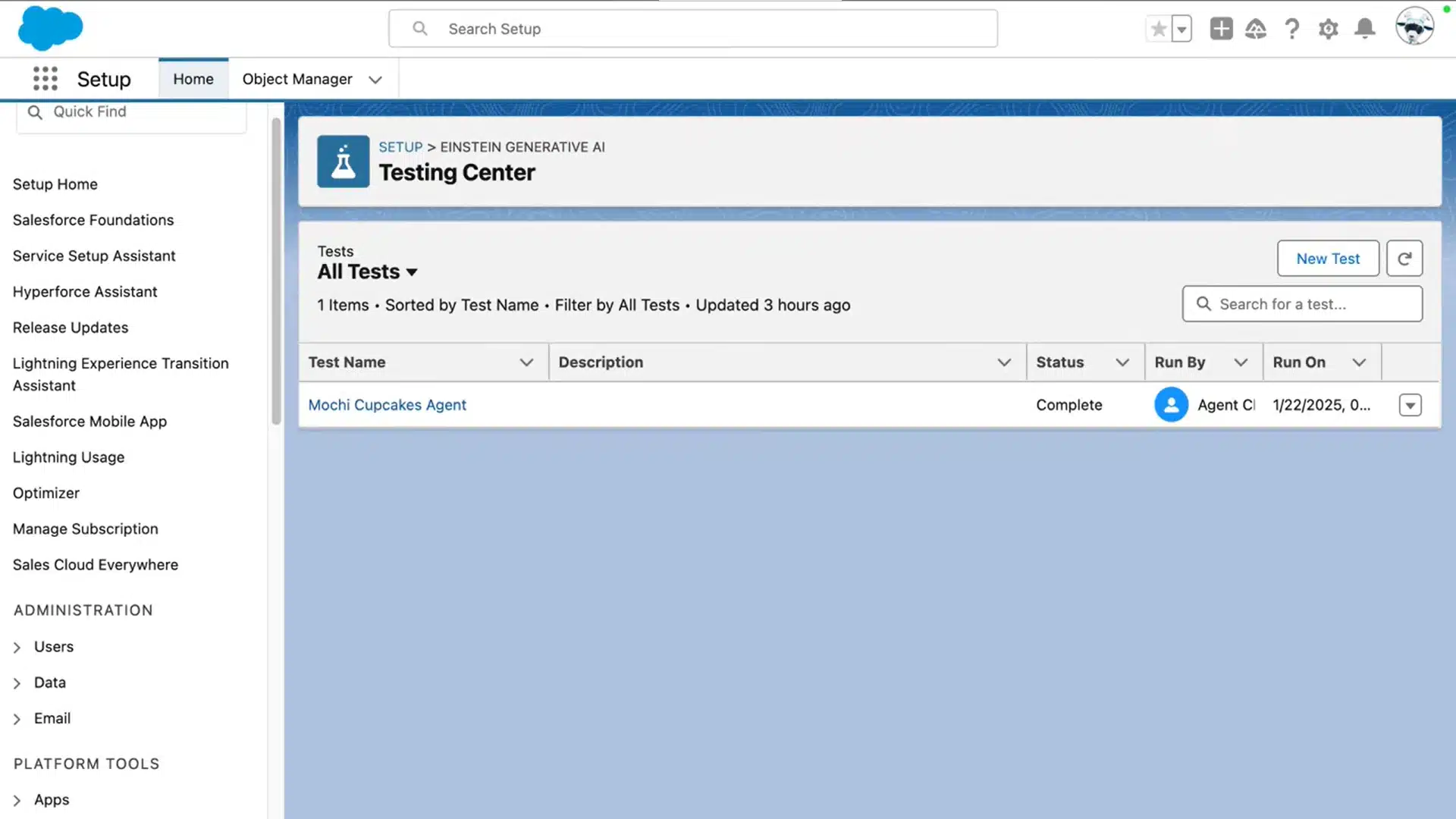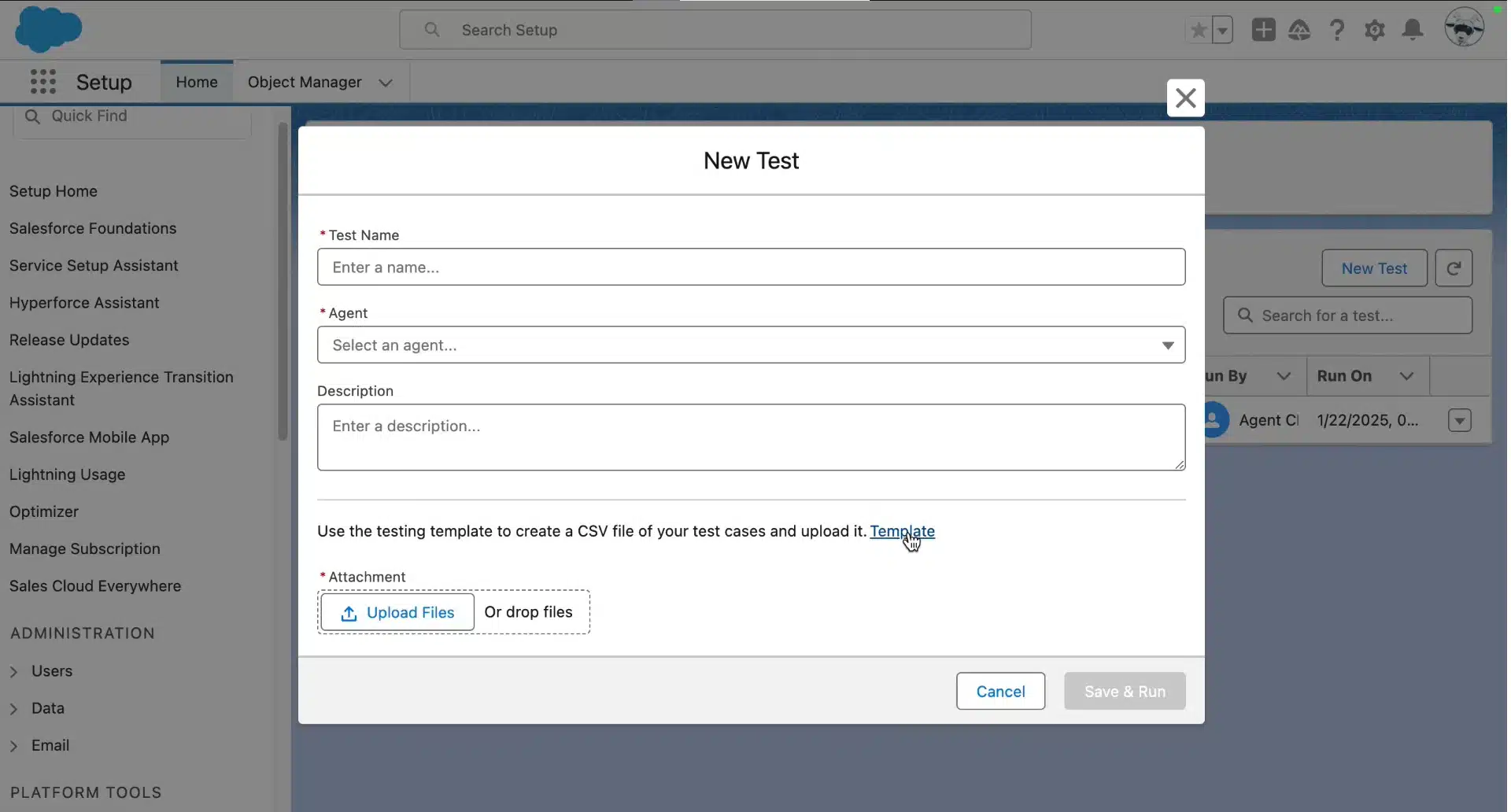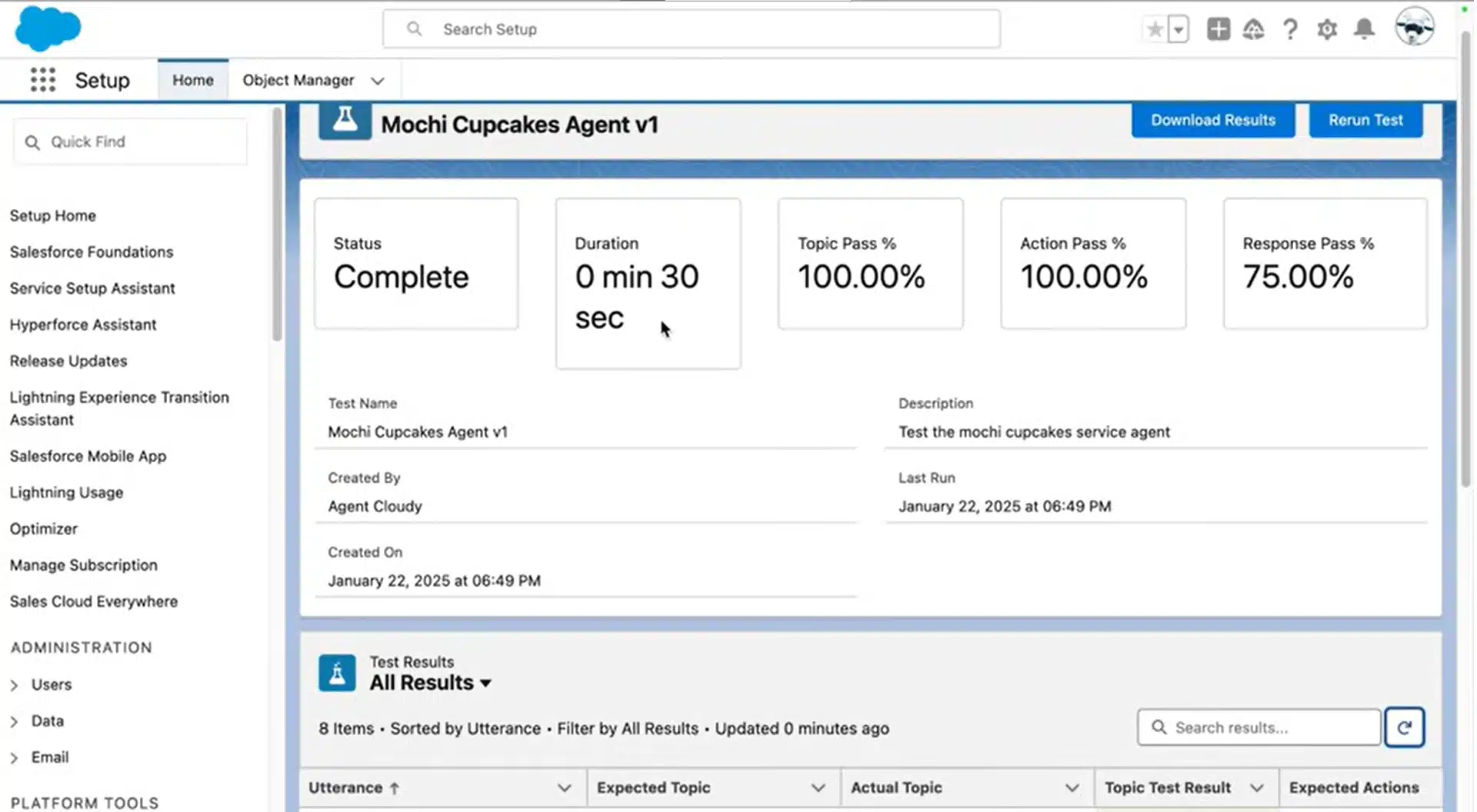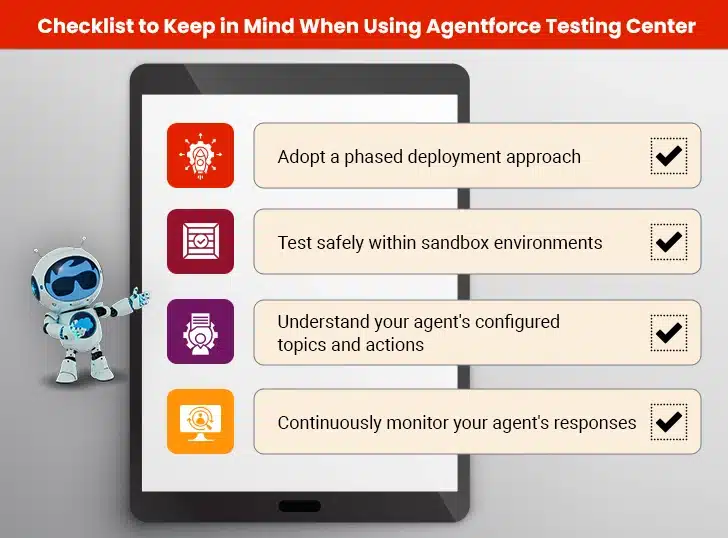In traditional software testing, behavior is predictable. Consider an airline ticket booking website, for example. Customers can choose a destination. Select a departure date. And specify the return date. With these, one can almost expect a consistent set of results each time you try. The process is often repetitive, so testing this using standard scripts might not be very challenging for many programmers. They’ve been doing it for years.
In contrast, new-age AI agents require a fresh testing approach. Because they’re highly contextual. Non-deterministic (often giving different answers to the same question based on random sampling or revised models). And AI agents are also sensitive to input and environment.
For instance, if a user asks, “Book me a flight for Wednesday.” The chatbot will respond accordingly, as this request may have different meanings depending on the customer’s location, time zone, preferences, and past interactions. The same input might result in other actions, making it hard to test using similar scripts. These nuances make testing AI agents challenging for any team.
And with demand for AI agents rising more than ever, companies need to come up with a more effective approach to quality assurance (QA). This is where Agentforce can help. It’s a Salesforce-powered platform designed to help you build, test, and deploy more accurate AI agents at scale. Now before we break down how it works, let’s first understand why traditional software testing methods might fall short.
The Limits of Traditional Software Testing Methods
Traditional testing approaches rely heavily on predictability. It includes known inputs, expected outputs, and consistent system behavior almost every time. Examples of traditional testing methods include unit testing, integration testing, regression testing, and behavioral testing. Here, the paths to testing are finite, and expected behaviors are also well-known.
However, AI agents don’t work this way. Driven by LLMs and contextual logic, AI agents are dynamic. You’re no longer testing fixed paths. You’re dealing with infinite paths, unknown behaviors, and evolving responses as AI’s responses might vary based on even a tiny contextual difference. For example, even slight changes in the prompt, such as “I need help urgently” vs. “Can someone help me now?”, can lead to different results. The agent’s response may change in real time based on factors such as the user’s interaction history, sentiment, and time of day, among others.
That’s why using traditional testing methods won’t yield significant results in this case. It’s time to reconsider this approach. This can help you save time spent on testing, optimize resource efficiency, accelerate timelines, and, most importantly, create better user experiences.
Rethinking the Traditional Pyramid Approach (for Testing)
To launch an agent that’s trustworthy and reliable, you want to thoroughly test it. The classic layered testing pyramid is still the way to go. But with a twist. Here’s how to get started:
1. Unit Testing
Prompt response testing: Test the agent’s basic comprehension and ability to respond accurately to user prompts. Example: An employee uses HR bot to apply leaves: “I want to apply maternity leaves starting Monday”. You validate whether the bot recognizes the break type, start date, and offers the proper process, and then takes the necessary action.
Component testing: Evaluate isolated parts of the agent.
Data validation: Here, you test whether the data sourced (CRMs, databases, and APIs) is valid, current, and clean.
2. Integration Testing
Workflow testing: Focus on how well the agent triggers flows and APIs.
Service integration: What happens when external APIs come into the picture?
Environment simulation: You need to factor in multiple user states and moods. For instance, when a user types in frustration, uses specific words to express, or types in full caps, how does the agent respond? Will it maintain a calm, helpful tone rather than escalating the situation too quickly?
3. Behavioral Testing
Goal achievement testing: This layer validates completion of real tasks. Example: Ask the CRM agent to “Send a follow-up reminder at 6 PM PST and update the dashboard in real time.”
Decision boundary testing: Test logic and spot ambiguities. Example: “I need assistance with my account.” Does the agent route this prompt to the billing team or technical support?
Ethics and compliance checks: Validate tone and user satisfaction.
Each of these testing layers can help ensure that the AI agent is safe, effective, ethical, and user aligned.
A Smart Test Strategy for Agentforce
But mastering this framework can take a while. Instead, you can leverage a ready-made solution. And this is what Agentforce aims to solve. You can test a large number of scenarios using Agentforce Testing Center. It’s a tool for testing AI agents built on Salesforce. It supports batch testing, which lets you quickly evaluate multiple requests in a single run. For example, to check intent recognition: Test 50-60 different ways users might ask to reset a password using the insurance agent. Assess if the agent handles them correctly.
To make the process even quicker, you can use Gen AI to create test cases for you. This can help you optimize testing time and quickly launch agents.
Here’s how to test an AI agent using the Agentforce Testing Center:
Step 1
Make sure that Agentforce is activated in the Sandbox. So, you’re testing the agent in a safe environment to avoid impacting production data.
Step 2
Create a new test. Test multiple topics and actions at the same time in your sandbox. First, grab a testing template (CSV file) designed for batch testing. It would include parameters like utterance, expected topic, expected actions, and more. Leverage Gen AI to generate different test scenarios for you.
Step 3
Use the test results. The test results indicate which cases were successful and which ones were unsuccessful. Subsequently, you can identify what caused the failure, make specific tweaks in the utterances, and rerun the test.
To learn more, watch the complete tutorial here.
Checklist to Keep in Mind When Using Agentforce Testing Center
I. Adopt a phased deployment approach
Test and release one function at a time. This helps reduce risks, catch errors early, and enable continuous improvement.
II. Test safely within sandbox environments
Agentforce allows you to conduct User Acceptance Testing (UAT) in a sandbox without affecting live systems. This is especially important when working with AI agents handling sensitive or regulated data. Just ensure your sandbox closely mirrors the production setup.
III. Understand your agent’s configured topics and actions
Agentforce compares each test utterance against the expected topic and action defined in your testing template. While Gen AI can help generate scenarios, unclear mappings in the file can result in inconsistent outcomes.
IV. Continuously monitor your agent’s responses
AI agents are dynamic. It’s essential to retest and refine them regularly to meet the evolving needs of users. Agentforce Testing Center enables you to retest updated utterances and fine-tune agent behavior to maintain optimal performance.
With this checklist and the structured Testing Center approach, you can not only test agents smartly but also keep them resilient and future ready.
Final Thoughts
The era of AI agents is upon us. And an AI agent is never “done”. Language changes. User behavior evolves. Operational priorities shift. So, while integrating this feedback is critical, it can be time-consuming using traditional testing strategies. But with the Agentforce Testing Center, you can test and deploy AI agents confidently. You no longer need to make tough decisions between speed and safety.
With Agentforce, you can do both while catering to today’s rising user expectations. It’s not about testing harder. But about testing smarter. Alternatively, you can also skip the complexities of DIY AI with our range of Agentforce services.










